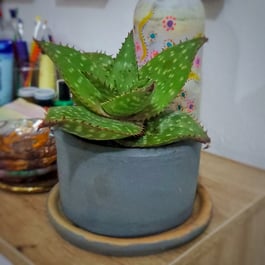Sign UP TO OUr NEWSLETTER
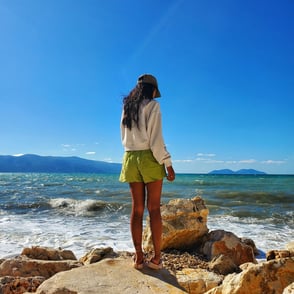
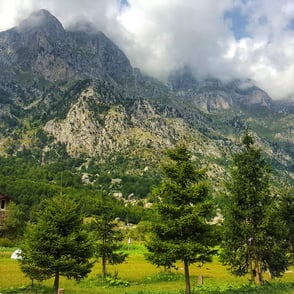

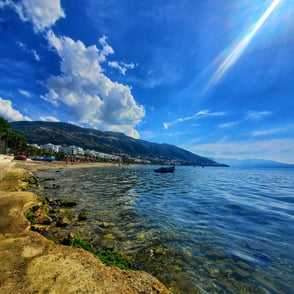
Why You Need Visit Albania..
Albania is a place where stunning landscapes, rich history, and vibrant culture come together in the best possible way. Up north, the Albanian Alps, with beautiful spots like Shkodër, Valbona, and Theth, offer jaw-dropping mountain views and a chance to get lost in nature. These areas are also home to charming villages that are steeped in tradition.
Head south, and you’ll find Albania’s stunning coastline along the Ionian and Adriatic seas. Coastal towns like Himarë, Vlorë, Sarandë, and Orikum offer crystal-clear waters, pristine beaches, and a chill, laid-back vibe.
Albania also has some amazing UNESCO sites, like the ancient cities of Butrint and Gjirokastër, where you can explore layers of history from Greek and Roman ruins to Ottoman influences. Whether you're hiking through mountains, lounging by the sea, or wandering through historic landmarks, Albania effortlessly blends nature, history, and culture in a way that feels incredibly special.
Hello/Greetings
Përshëndetje
Thank you:
Faleminderit
Excuse me:
Më falni
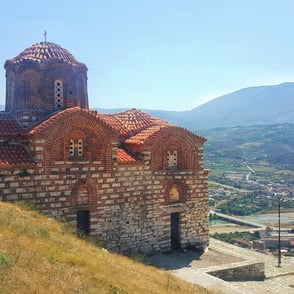
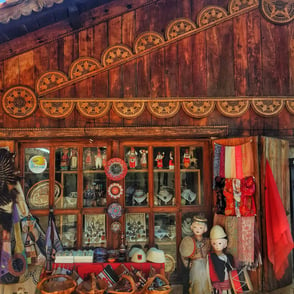
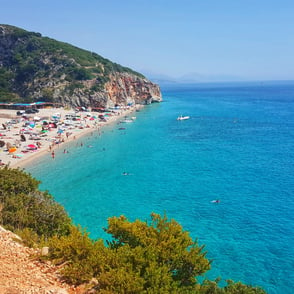
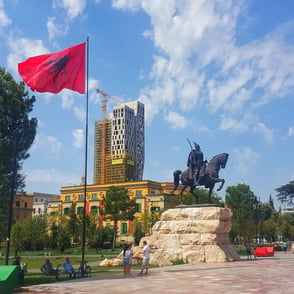
Let's Start With Some UNESCO Sites...


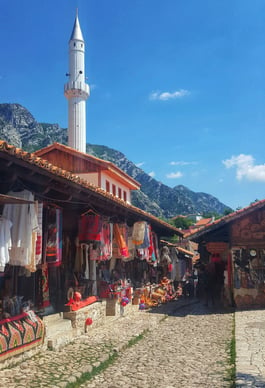

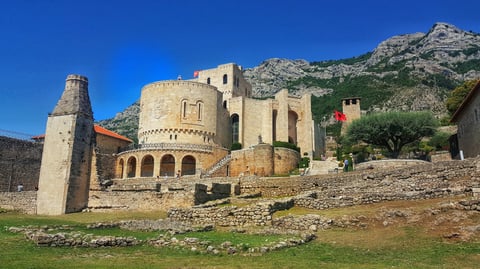

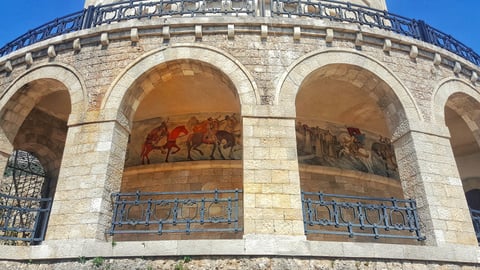

Krujë: Historic Castle & Village
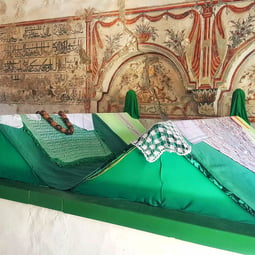
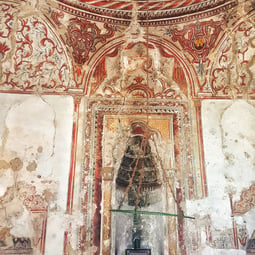
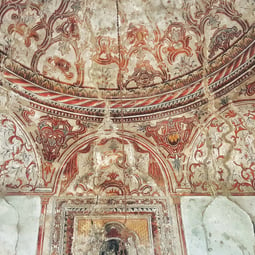
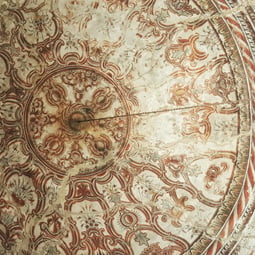
Krujë is a historic town nestled in the mountains of central Albania, known for its rich cultural heritage and striking medieval architecture.
Famous for the Krujë Castle, the town offers a glimpse into Albania’s past. The village is the hometown of national hero Skanderbeg, a military commander who fought off the Ottoman forces for 25 years before his death in 1468
Krujë is also renowned for its traditional bazaars, where you can find local crafts and textiles. The blend of history, culture, and natural beauty, Krujë stands as a must-see destination for anyone exploring Albania’s past and present.
Ottoman-era art also influenced local craftsmanship, particularly in textiles, woodwork, and ceramics. However, much of the traditional Albanian art remained focused on local customs, religion, and rural life.
A UNESCO World Heritage site, Gjirokastër is located in southern Albania and is renowned for its stunning Ottoman-era architecture. The town’s distinctive stone houses, with slate roofs and arched windows, blend Ottoman, Greek, and Albanian influences, creating a unique architectural style. The 12th-century Gjirokastër Castle and the charming cobbled streets of the old town, along with its traditional bazaar, further showcase the town's rich heritage. These well-preserved structures offer a glimpse into Gjirokastër's fascinating history, from its Greek roots to its significance under Ottoman rule.
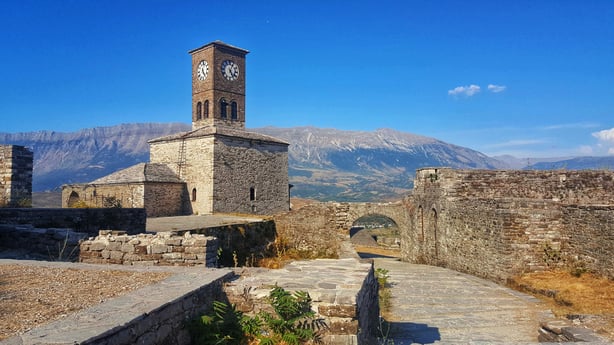

Gjirokastër
Butrint National Park
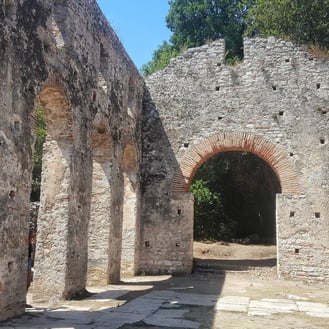
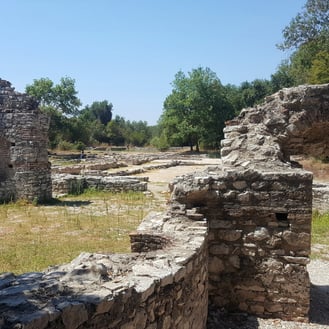
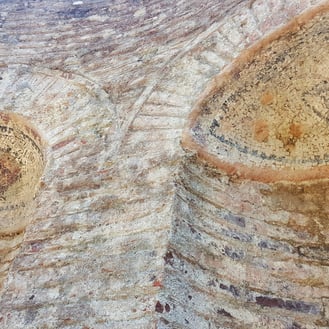
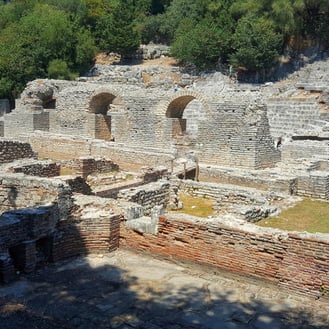
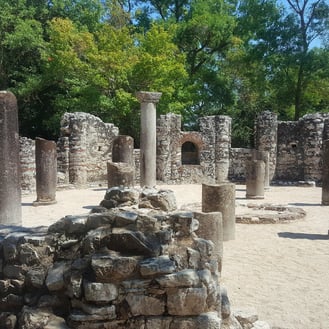
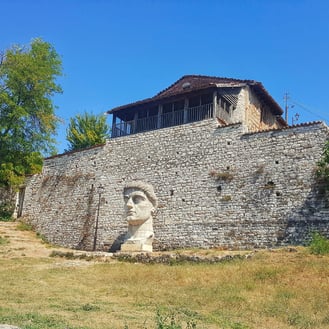
Another UNESCO World Heritage site in southern region, is a must-visit for history enthusiasts and nature lovers alike. The park is home to the ruins of Butrint, an ancient city with layers of history dating back to the Greek, Roman, Byzantine, and Venetian periods. You can explore well-preserved structures such as the Greek theatre, Roman bathhouses, and the impressive 6th-century basilica, each reflecting the city’s diverse cultural influences. The blend of architectural styles—from Greek columns to Venetian fortifications—offers a unique window into the region’s complex past.
Surrounded by lush landscapes and the waters of the Ionian Sea, Butrint provides an unforgettable journey through time, where history and nature seamlessly intertwine.
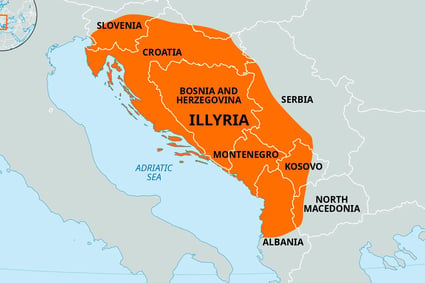

Before the “Balkans” was established, Albania was part of a larger region known as Illyria. The Illyrians were not a single, uniform group of people, but rather a mix of various tribes that inhabited the western part of the Balkans, stretching from what is now Slovenia to central Albania.
A Quick(ish) Bit of History
Illyria was conquered by the Romans, the Byzantines, and the Ottomans. The Romans ruled Illyria for around six centuries. During Roman rule, Illyrian society changed significantly, art and culture flourished, particularly in Apollonia (near Modern Vlorë).
Christianity also grew. Despite the changes, the Illyrians largely resisted assimilation into Roman culture. Their traditions and language endured, with many Latin words entering the Illyrian language, which later became part of Albanian.
After the Roman Empire split in 395, modern Albania became part of the Byzantine Empire. In the early years of Byzantine rule (until 461), Illyria suffered from raids. Soon after, the Slavs settled in the Balkans, gradually absorbing Illyrian tribes across Slovenia, Croatia, Bosnia, and Serbia. However, the tribes in southern Illyria, including modern Albania, resisted and preserved their language.
The name Illyria was gradually replaced by the name of the Albanoi tribe, which lived in what is now central Albania. From this single tribe, the name spread to the whole country as Arbëri, and later, Albania. The Albanians own name for their land is Shqipëria, linked to the word "eagle."
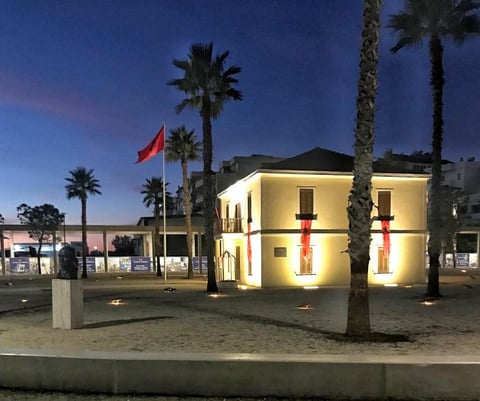

The Ottoman Turks invaded in 1388 and ruled for over four centuries. Albania experienced numerous uprisings, as Albanians resisted both foreign rule and attempts to suppress their cultural identity. While the Ottomans successfully imposed many aspects of their rule, the Albanian people clung to their traditions, including language, dress, and local customs. These cultural forms played a significant role in the development of Albanian nationalism, particularly in the 19th century, as Albanians began to push for independence and the preservation of their heritage.
The Ottomans were defeated in 1912, and Albania declared independence at the Vlorë Congress.
National museum of independence, Vlorë
Ancient writers describe the Illyrians as sociable and hospitable people, known for their courage and bravery in battle. Illyrian women had a similar status to men and could even lead tribal federations.
Illyrians were pagans who believed in an afterlife and buried their dead with weapons and personal belongings.
Illyria was rich in minerals like iron, copper, gold, and silver, and the Illyrians became skilled in mining and metalworking. They were also excellent boatbuilders and sailors.


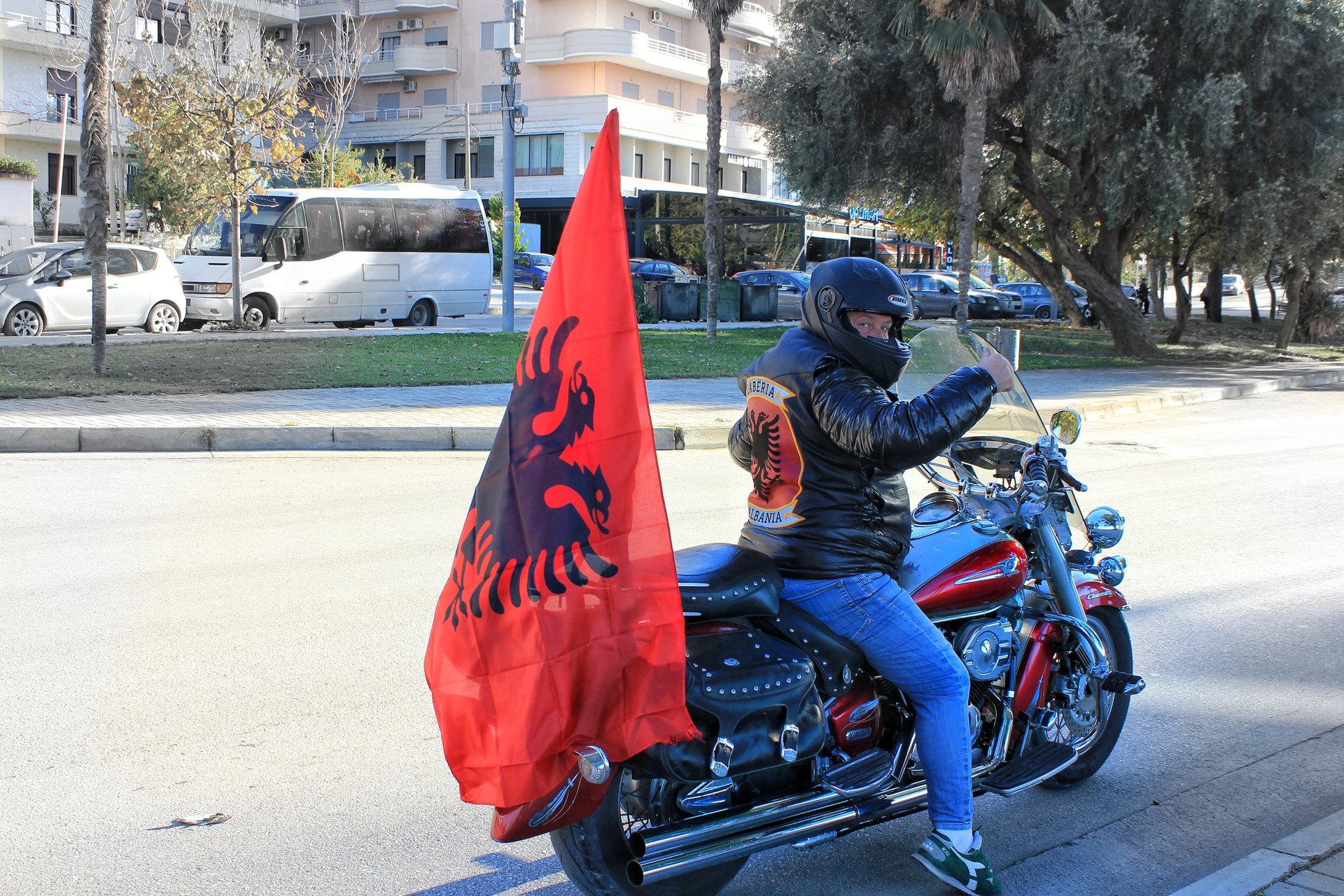
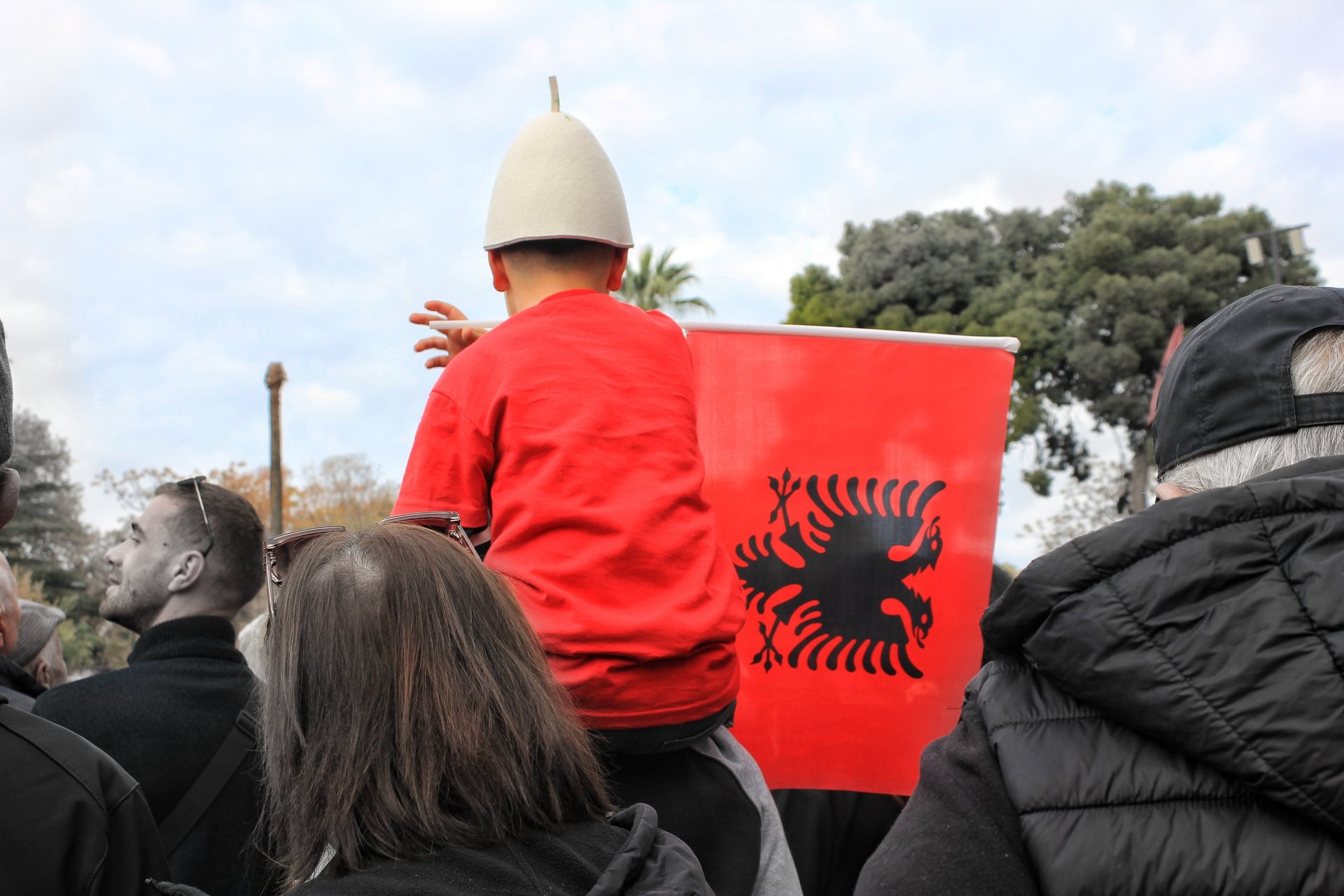
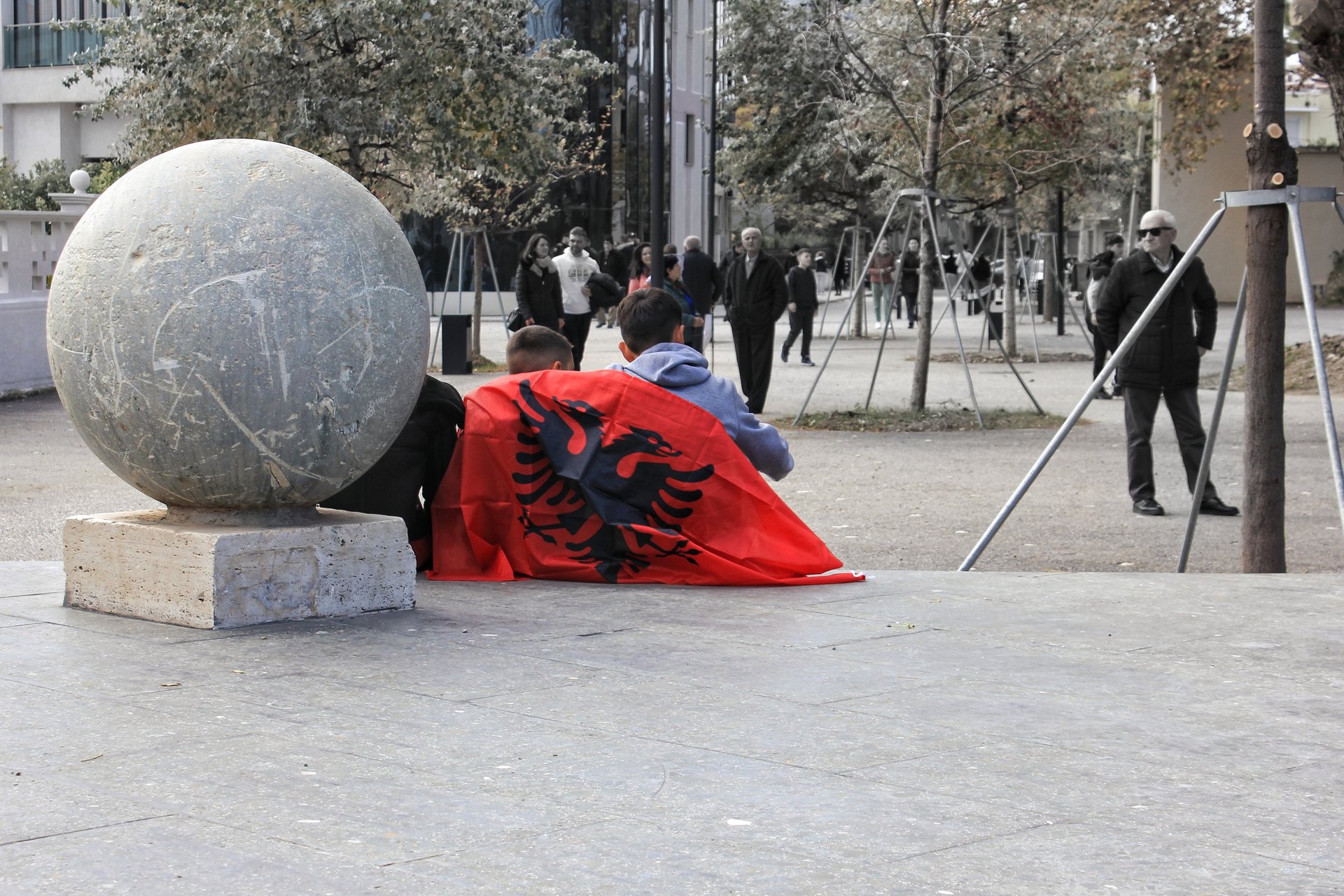
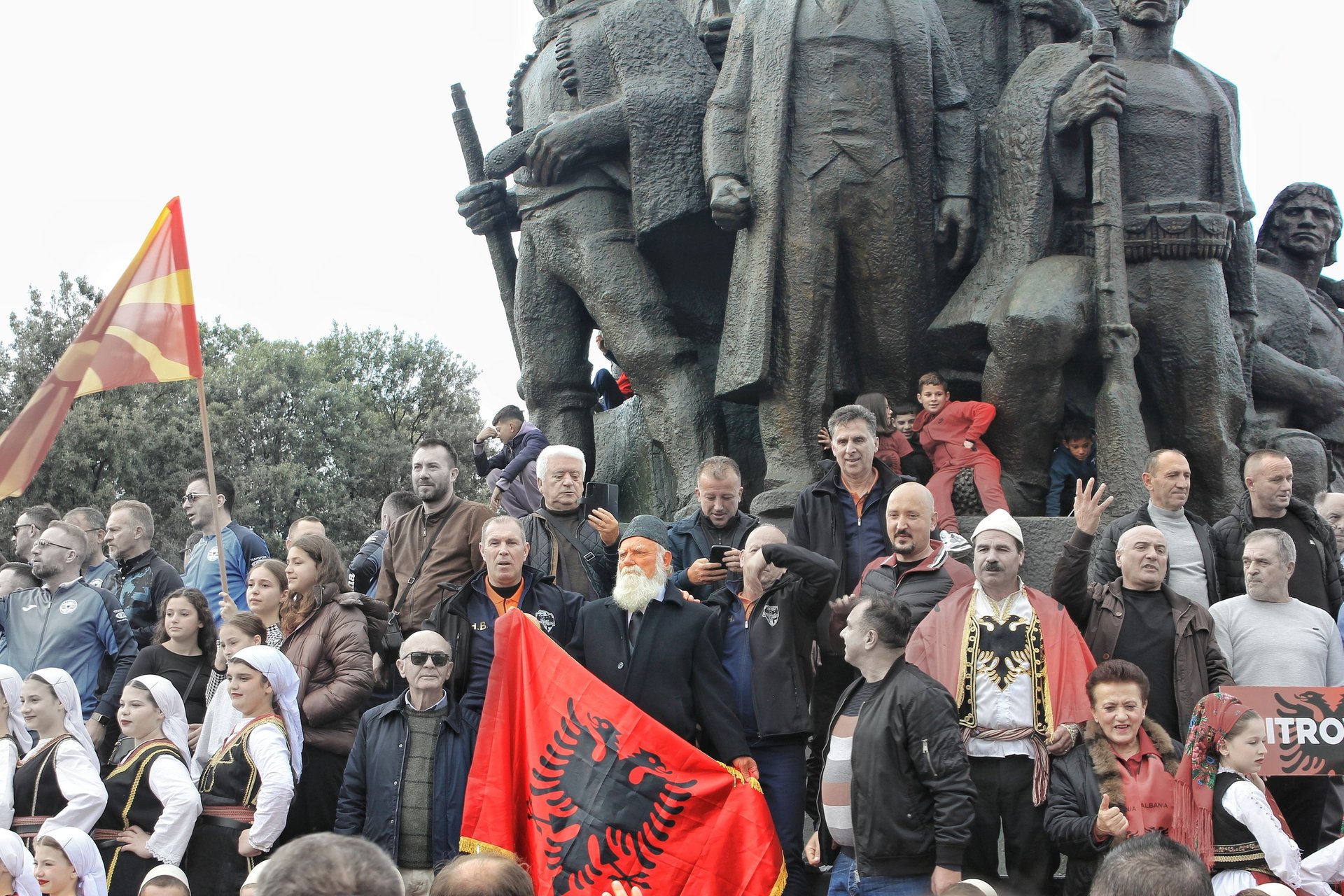
Independence day celebrations, Vlorë, Albania. November 28th 2024

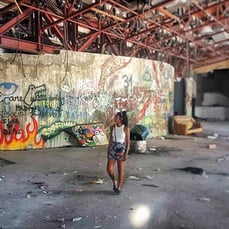
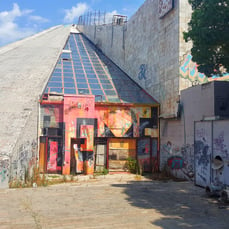
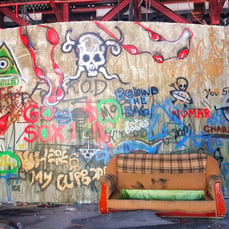
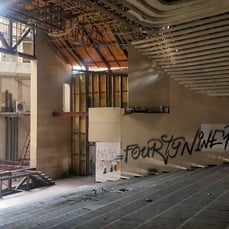
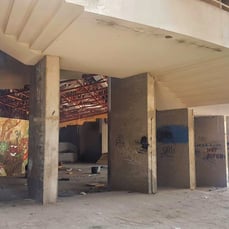
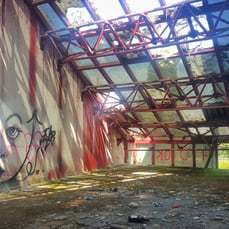
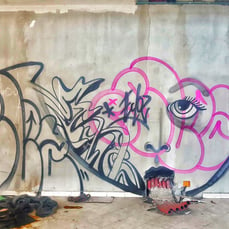
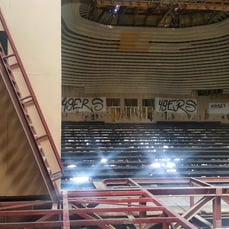
If Walls Could Talk
Abandoned buildings in Albania tell a vivid story of the country’s tumultuous history, particularly its communist era under Enver Hoxha, who ruled from 1946 until 1985. During this period, Albania was one of the most isolated and authoritarian regimes in Europe, with a focus on industrialisation and militarisation.
One of the most iconic symbols from this time is the countless bunkers scattered across the country, Hoxha's government built an extensive network of bunkers (over 700,000), reflecting the paranoia of potential invasion. Along with bunkers, factories and government buildings were also constructed to push the country toward self-sufficiency.
After the fall of communism in the early 1990's, Albania’s economy collapsed, and many of these buildings were abandoned as the country transitioned to a more market-oriented society..
Today, they stand as eerie reminders of that era—some are repurposed, others slowly falling apart.
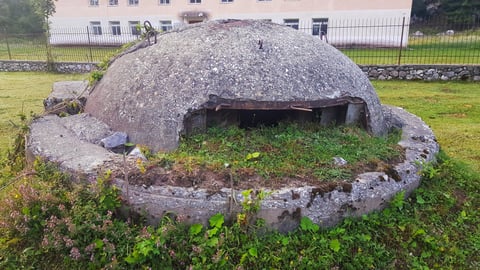

The Pyramid is one of the city’s most famous—and controversial—landmarks. Originally built in 1988 as a museum dedicated to Enver Hoxha, designed by Hoxha’s daughters.
After communism collapsed the building was abandoned and has since been used for various purposes, including as a nightclub, a cultural centre, and even a TV studio.
Over time, it has become a symbol of Albania's changing political landscape. Today, the Pyramid stands as an iconic landmark, no longer decaying but transformed. For years, there were debates over whether it should be preserved or demolished. However, in May 2023, it was reopened as a cultural and technological hub. The renovation successfully preserved the building's iconic shape while incorporating modern elements, breathing new life into this historical structure.
The Pyramid of Tirana
Looking back at images from 2019, before the renovation, I feel lucky to have explored the Pyramid in its original, raw state. There was a certain energy in the walls, a palpable sense of history that you could really feel before it all changed.
Back then, along the traveller trail, there were always secret whispers about a gap in the gate—just big enough to slip through and catch a glimpse inside.
It was a chance to see the vast amphitheatre and meeting rooms where plans were made, and important discussions took place. If those walls could talk, they’d tell stories of a time long past, filled with history and secrets.
I was wandering around town when I stumbled upon a small pottery shop tucked away on a quiet street. No plans, no expectations—just curiosity. What happened next was one of those moments that remind you why you travel.
I heard some rustling from the back and decided to call out, “Pershendetje” (hello in Albanian, a language that sounds nothing like any other). After a few attempts, a young man appeared. He must’ve spotted me from the street, he explained that it was his uncle’s shop, and without hesitation, he called inside and invited me in.
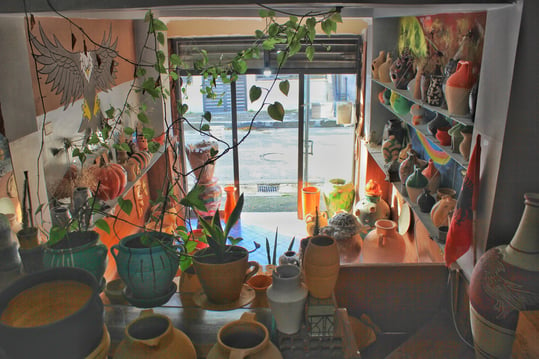

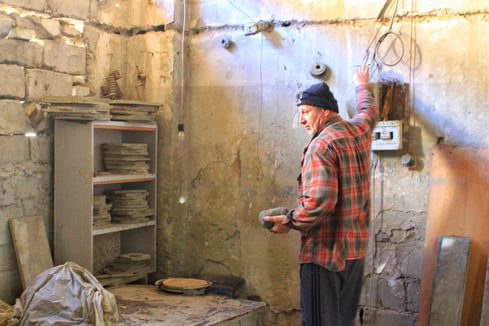
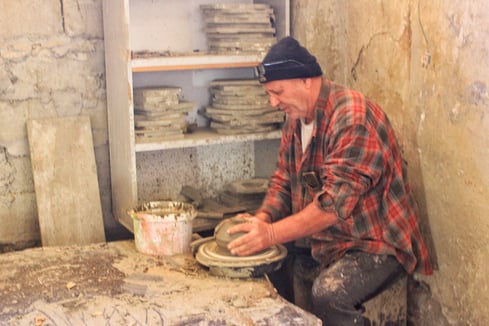


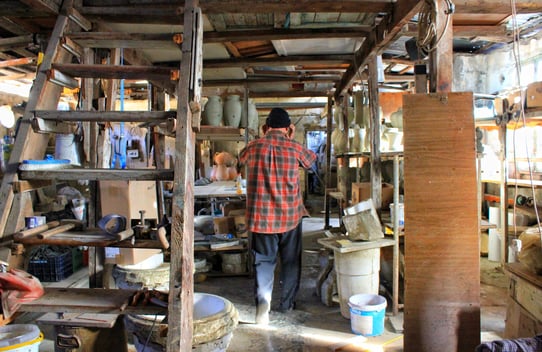

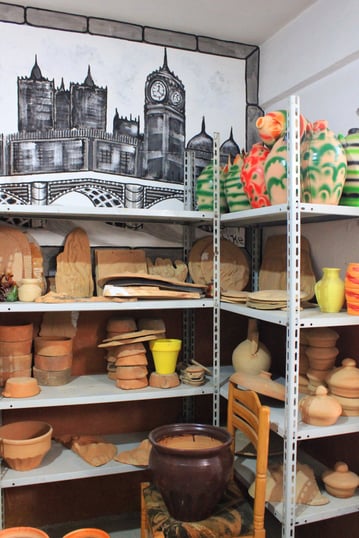

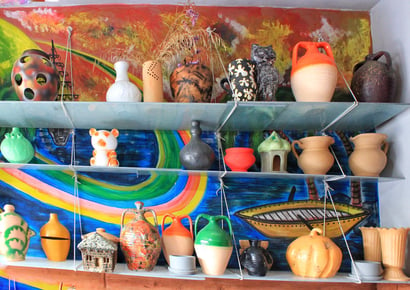



Taking The Right Turn
Inside, the potter—covered in clay—greeted me warmly and guided me to the back of the shop. There, I found myself getting a behind-the-scenes tour of his workshop, surrounded by pots upon pots. He then grabbed some clay, sat at his wheel, and gave me a quick demonstration.
His wife, with a smile, guided me to a seat and served me a plate of freshly made burek—flaky, savory goodness. We chatted in broken English, with my awkward attempts at Albanian sprinkled in. Despite the language barrier, it was a beautiful moment of connection, brought together by art and the kindness of strangers.
As I realised I might have overstayed my welcome and asked far too many questions, Alex shared that he had inherited the workshop from his father, a family of ceramicist. He was the last artisan in his family. With no children of their own, he and his wife watched as their nieces and nephews moved to the cities for education and work. I couldn’t help but wonder what would happen to their family’s craft.
When I tried to buy a pot on my way out, they wouldn’t let me pay. I was sent me on my way with a plant pot, a slice of burek, and two fresh oranges from their garden. Their kindness was overwhelming.
